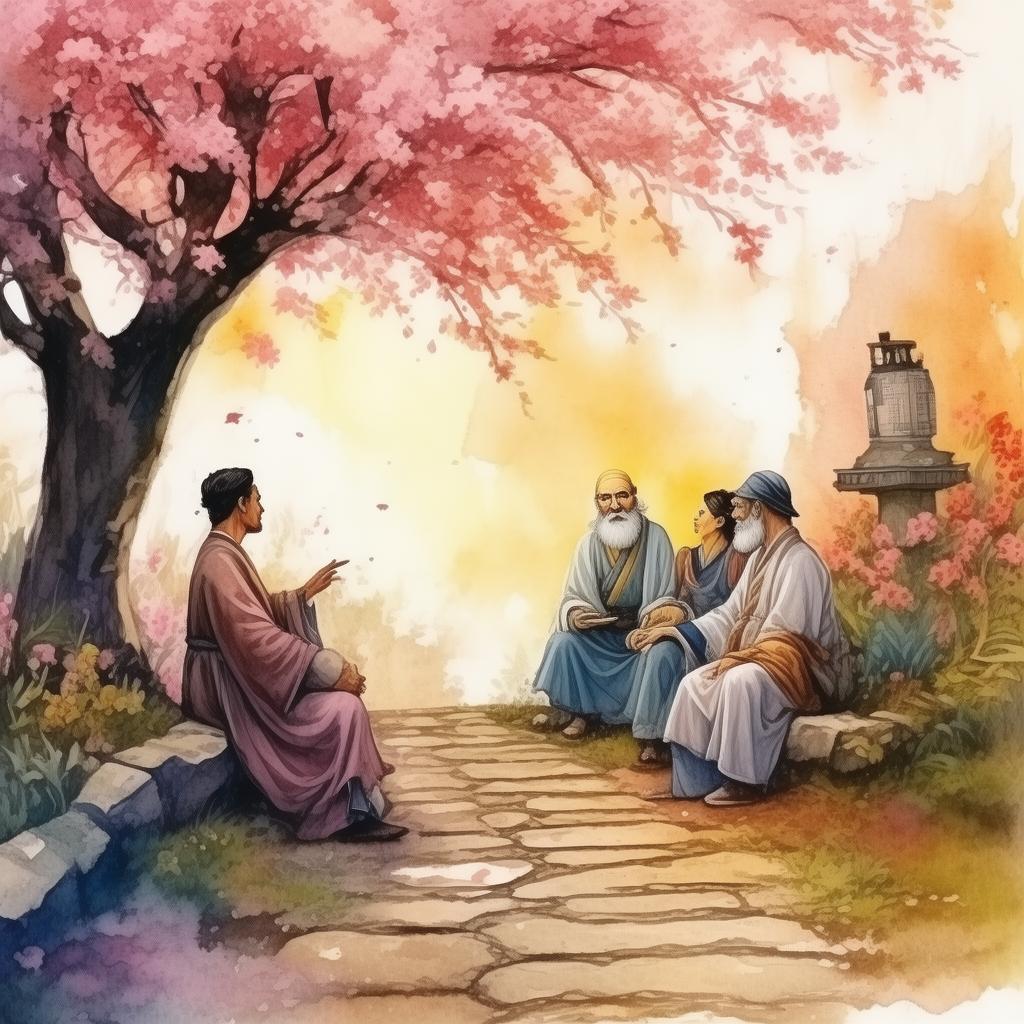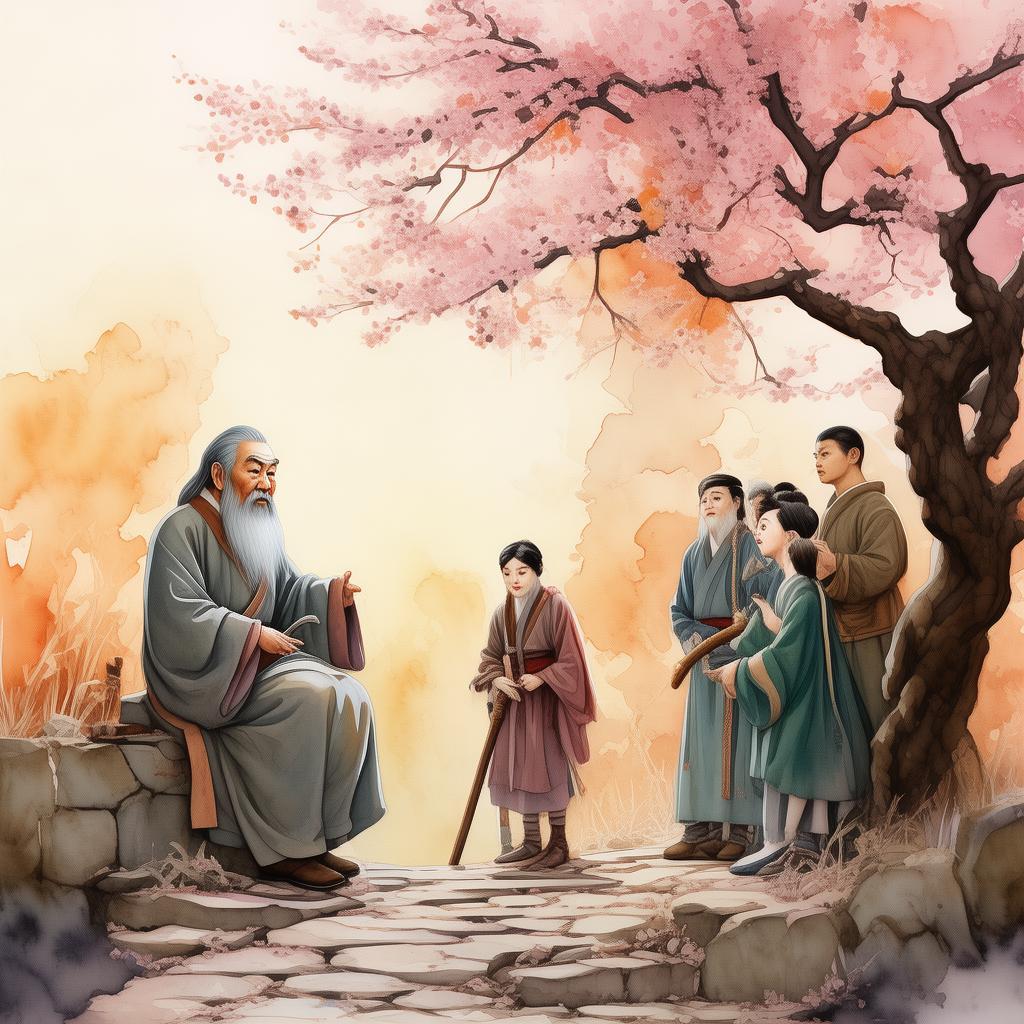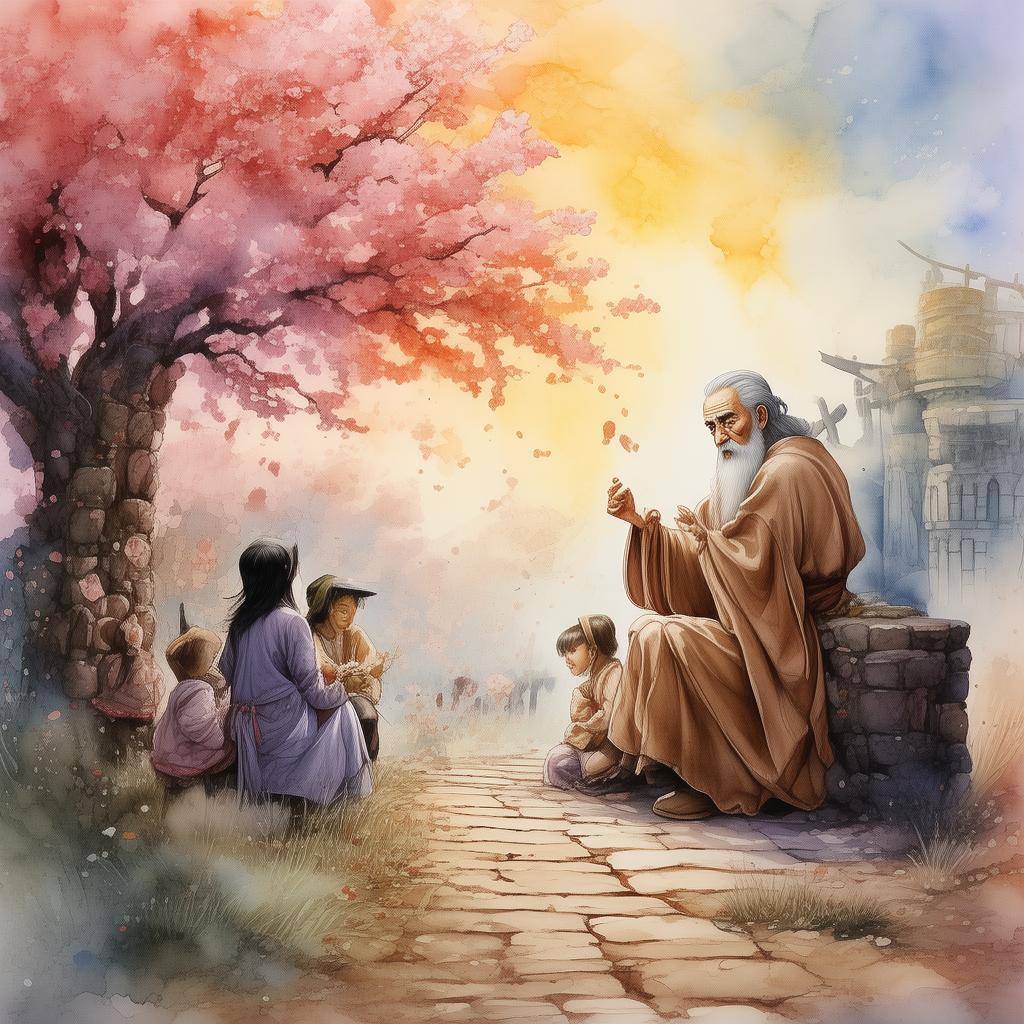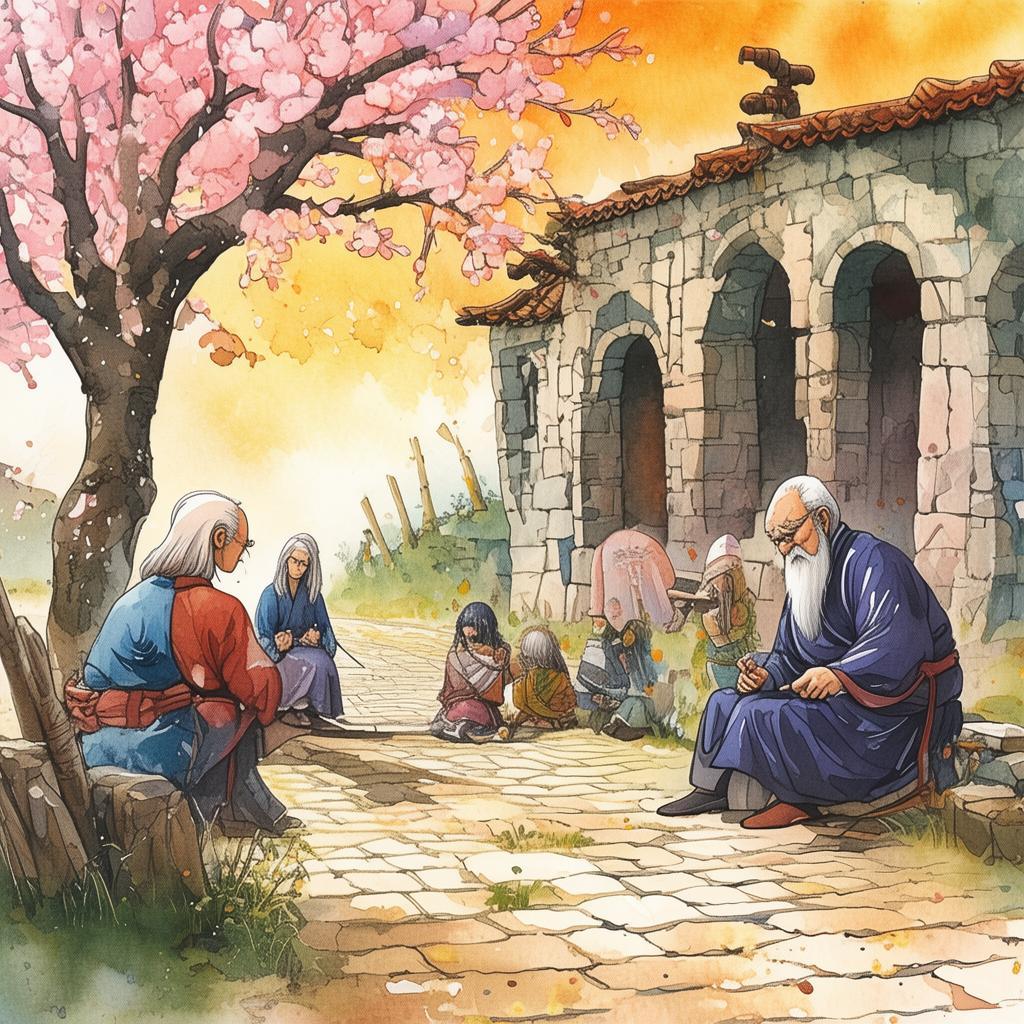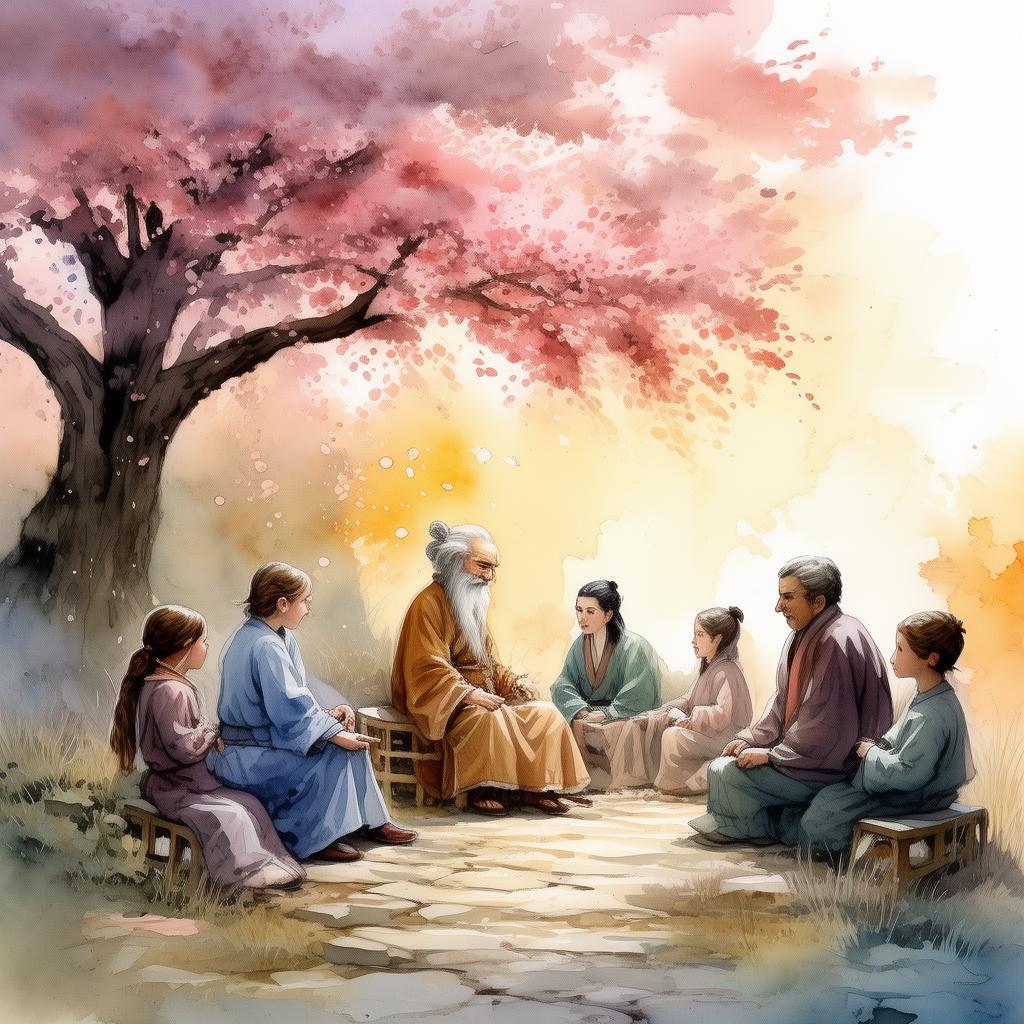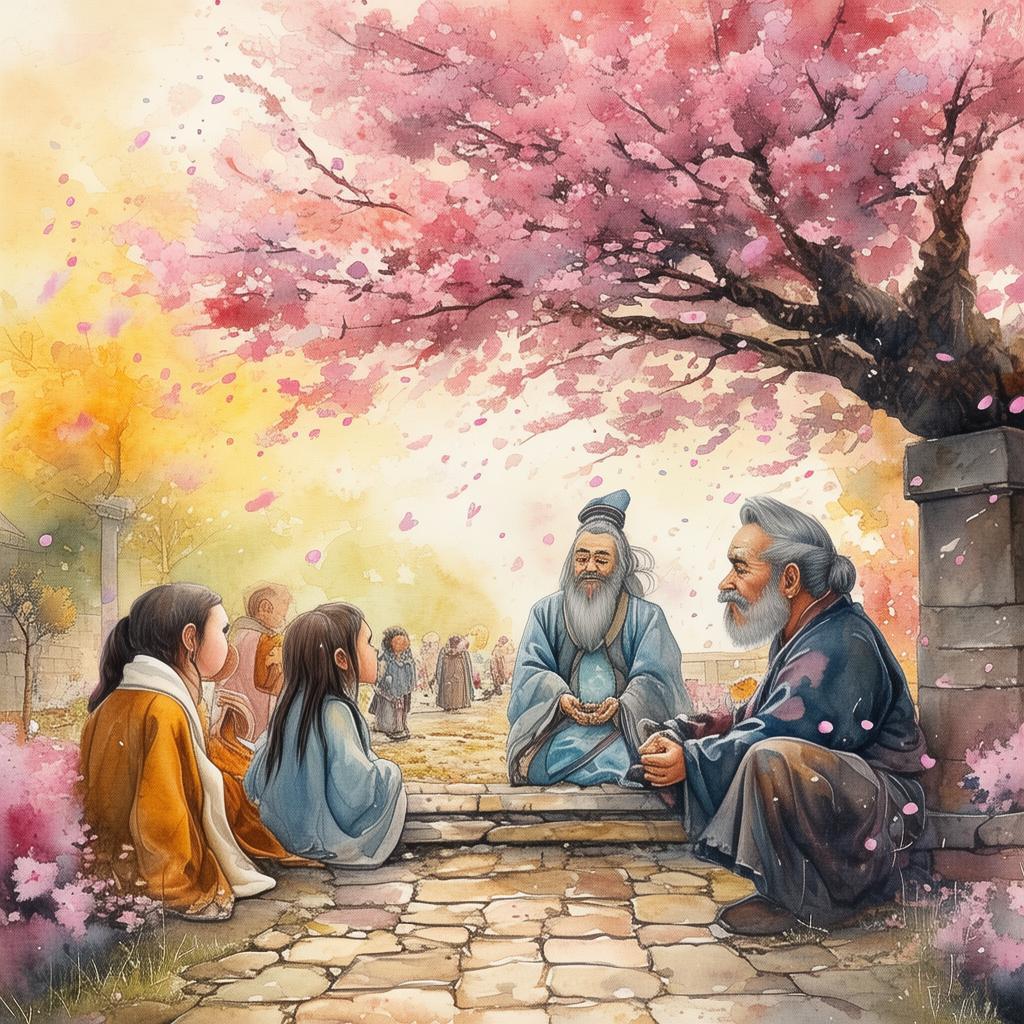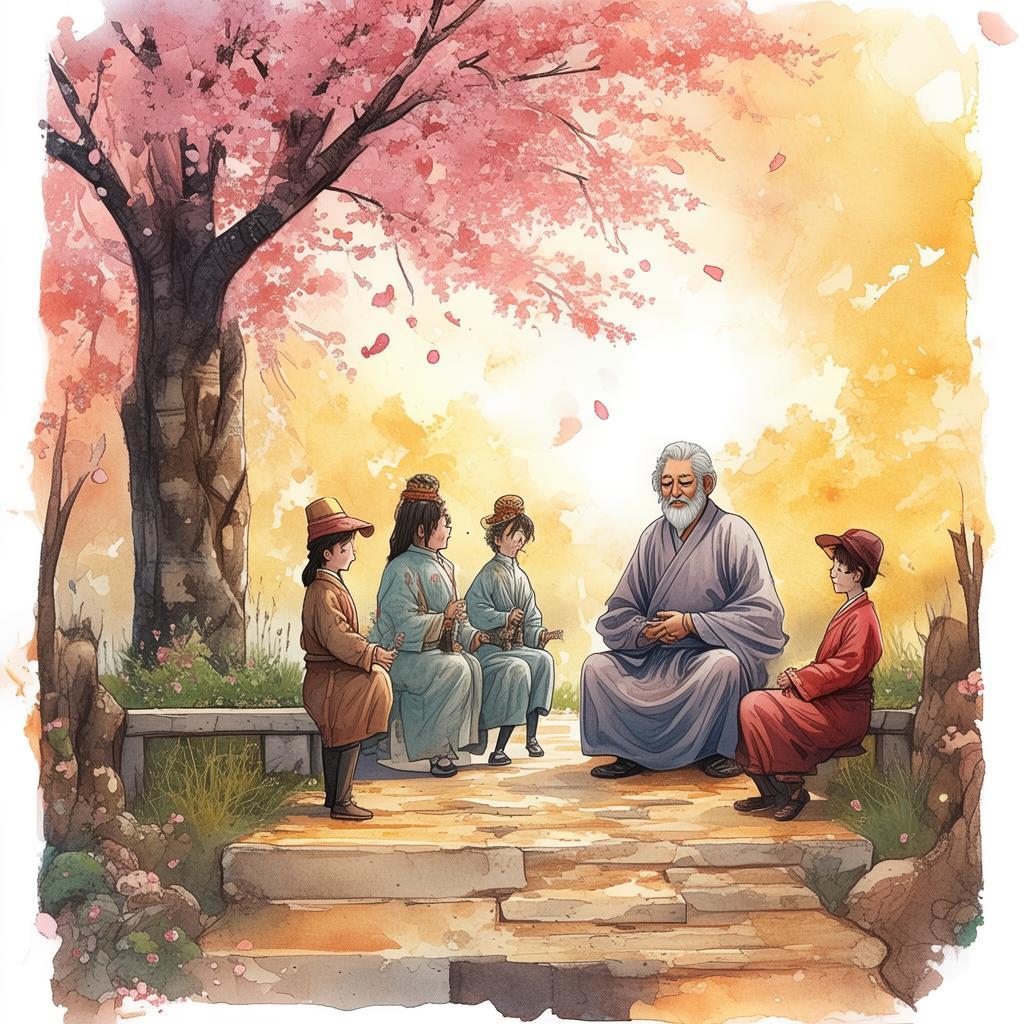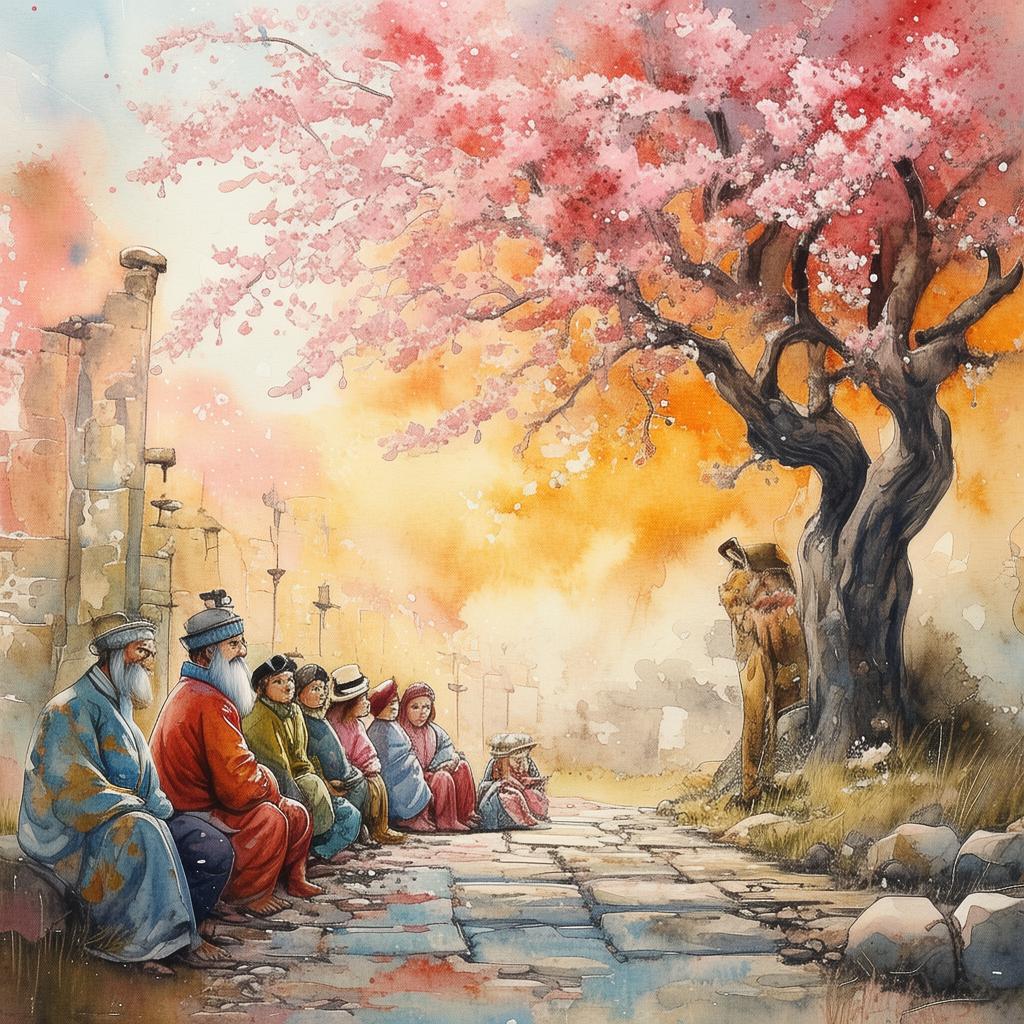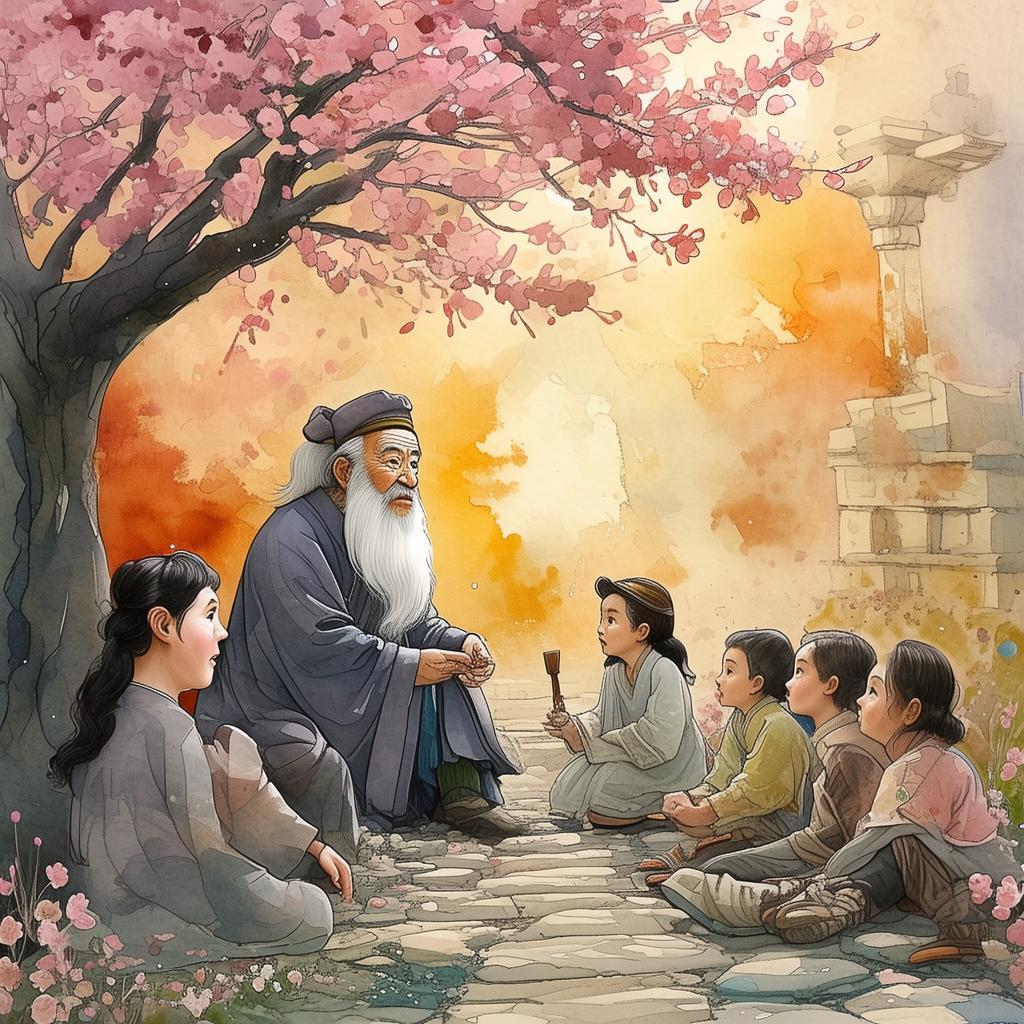The Nanyang Dilemma: The Sculptor's Challenge
In the bustling heart of Singapore, nestled between the modern skyscrapers and the serene Singapore River, there stood an old workshop. Inside, amidst the dust of marble and the clink of chisels, lived a sculptor named Ming. Ming was no ordinary artist; his hands had shaped countless figures, each with a story of its own. Yet, there was a challenge that had haunted him for years, a challenge that tested not just his skill but his very identity.
The Nanyang Dilemma, as it was known, was a complex issue. For Ming, a native of China, his journey to Singapore had been one of escape and discovery. He had left his homeland to find a new beginning, to be free from the confines of tradition and to explore the world of art without the shackles of cultural expectation. But as time passed, he found that the weight of his heritage was as heavy as the marble he carved.
The Sculptor's Challenge was to create a piece that would stand as a testament to his Chinese roots while also reflecting his new life in Singapore. It was a piece that would resonate with both the old and the new, the East and the West. But how could he capture the essence of a culture that was both ancient and ever-evolving, and at the same time, remain true to his own artistic voice?
Ming spent days and nights in his workshop, the dust settling around him as he toiled over his creation. He sculpted figures of dragons and phoenixes, symbols of his Chinese heritage, but they seemed hollow, devoid of life. He chiseled away at representations of Singapore's modern skyline, but they lacked the warmth and depth of character that only a sculptor's soul could imbue.
One evening, as the moonlight filtered through the workshop's skylight, a sudden inspiration struck Ming. He abandoned his previous attempts and began to carve a figure that seemed to blend both worlds. It was a man, standing at the intersection of a traditional Chinese temple and a futuristic skyscraper. The man's gaze was serene, his hands open and receptive, as if inviting the past and the future to dance together in harmony.
As Ming worked, he realized that this sculpture was not just a representation of his heritage and his new home. It was a reflection of his own journey, of the duality that lived within him. He saw the struggle, the conflict, and the ultimate resolution in the man's expression.
Days turned into weeks, and the sculpture took shape. The marble seemed to come alive under Ming's hands, the lines and contours telling a story of its own. When it was finally complete, Ming stepped back and admired his work. It was a masterpiece, a true testament to his journey and his resolve.
Word of Ming's sculpture spread like wildfire. The community gathered to see it, each person finding something different within its form. Some saw the beauty of a harmonious union between East and West, while others found the reflection of their own struggles and aspirations.
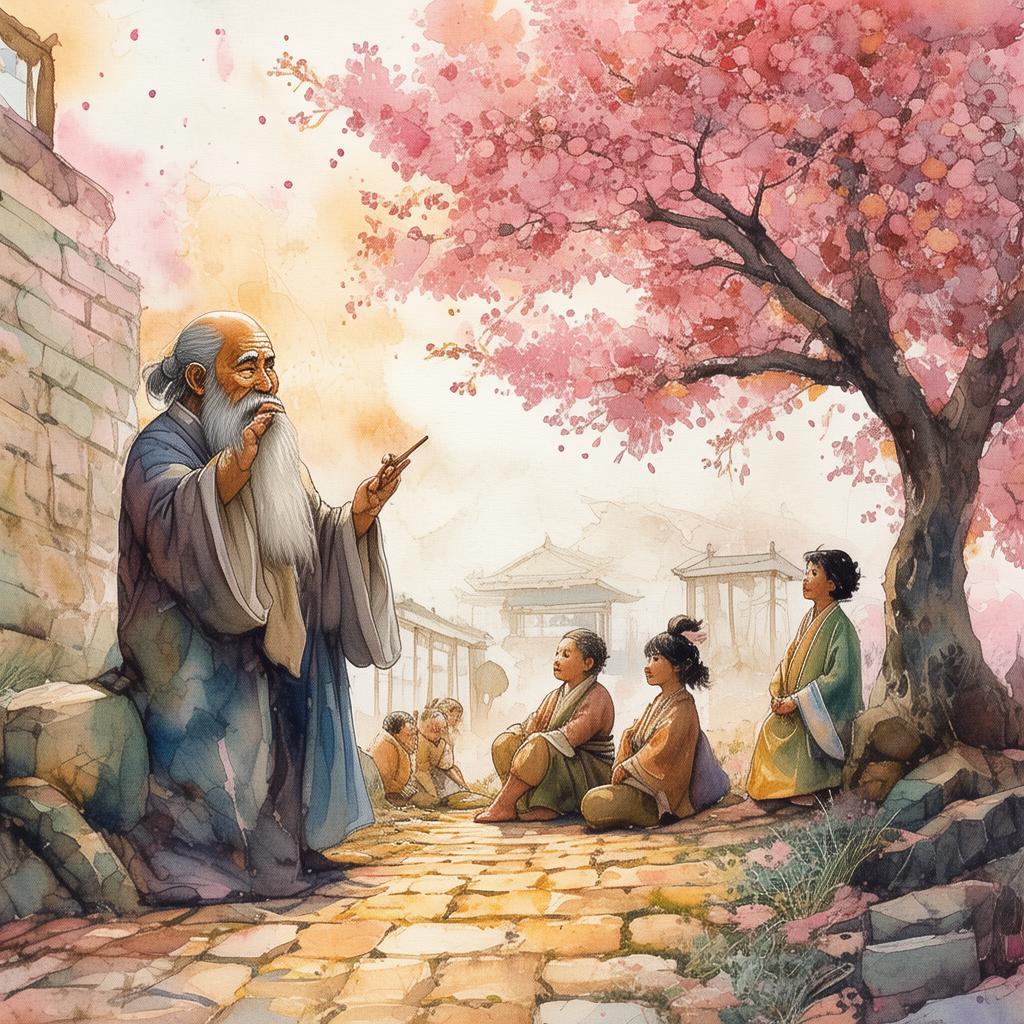
The Sculptor's Challenge had been met, not just by Ming, but by the entire community. For in the end, it was not just a sculpture that Ming had created, but a symbol of unity, of understanding, and of hope.
As the sun set over the Singapore skyline, casting a golden glow over the sculpture, Ming felt a sense of accomplishment. He had not only carved a piece of art but had also carved a piece of his soul into the marble. And in that moment, he knew that the Nanyang Dilemma had found its answer, not in the form of a single sculpture, but in the shared experiences and dreams of a community that was both Chinese and Singaporean.
The Nanyang Dilemma: The Sculptor's Challenge was not just a story of art and identity; it was a story of resilience and hope, of finding one's place in a world that was both old and new.
✨ Original Statement ✨
All articles published on this website (including but not limited to text, images, videos, and other content) are original or authorized for reposting and are protected by relevant laws. Without the explicit written permission of this website, no individual or organization may copy, modify, repost, or use the content for commercial purposes.
If you need to quote or cooperate, please contact this site for authorization. We reserve the right to pursue legal responsibility for any unauthorized use.
Hereby declared.
